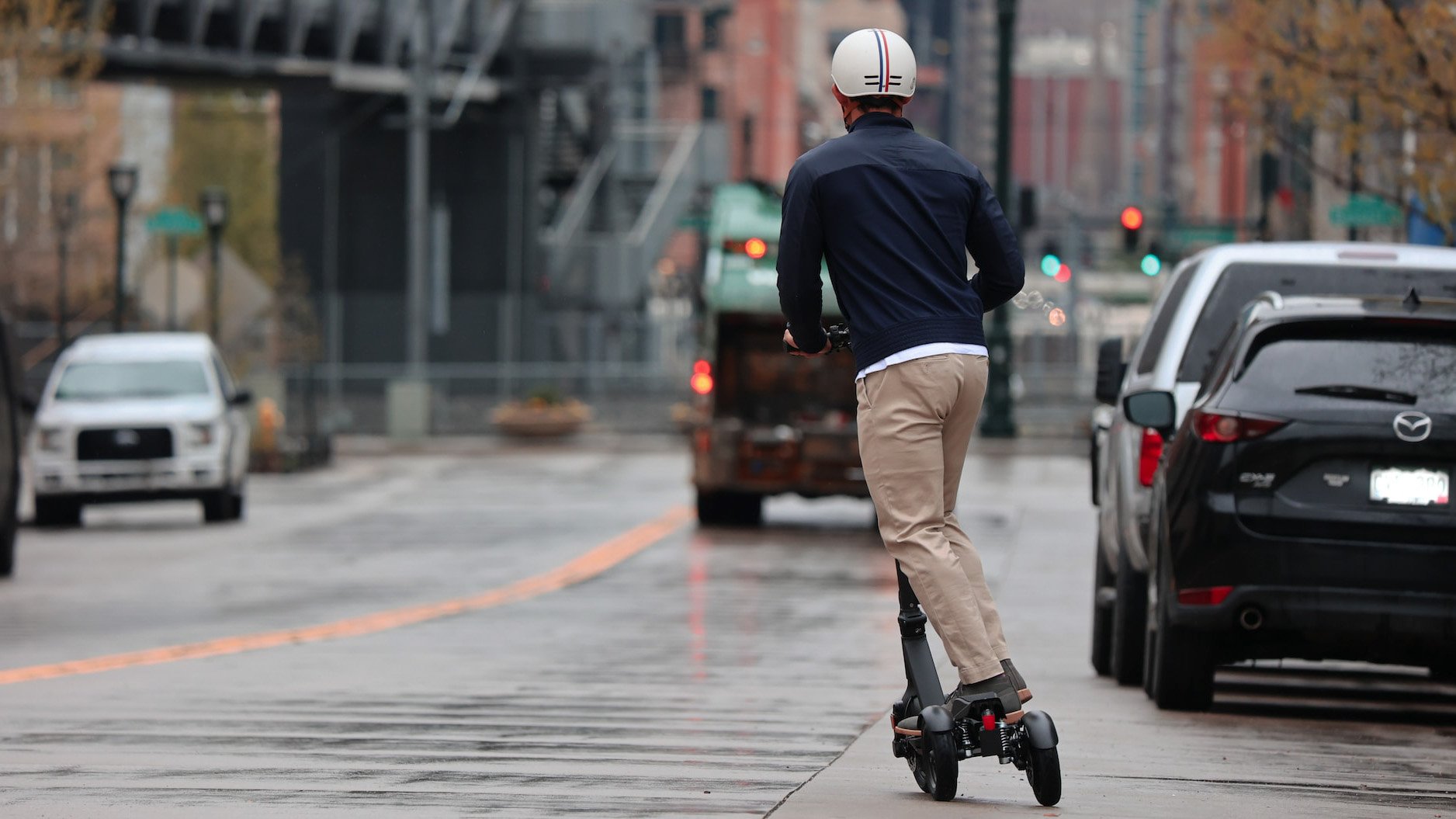Everywhere across North America, people are forced to calculate the risk of injury (or worse) just to get across the street. We often call it “jaywalking.” What we should really call it is “an everyday reality” for many.
Read MoreDifferent people are sensitive to different things around them, and this Member Week, we’re asking you to challenge yourself to become a little more sensitive to the things that are happening in your community.
Read MoreYou see what’s happening as our cities and towns dig themselves ever deeper into a hole of their own making—but here is your chance to help change everything.
Read MoreThere is someone out there desperate for their community to change, and Strong Towns exists to help them. This week, you, too, can help bolster the efforts of these local heroes in your community and others just like it.
Read MoreWanting to encourage people toward using bikes for transportation is all fine and good, but not when it makes it harder for developers to build much-needed housing.
Read MoreThe city of Edmonton, AB, has passed substantial zoning reforms that officials and housing advocates hope will generate more infill construction and help the fast-growing city add housing to keep pace.
Read MoreUrban planning involves a lot of jargon that can be obscure or confusing. Here’s one term you might not have heard, but that can make a big difference in the design of your city.
Read MoreScott Jones is the co-founder and executive director of We Love Long Beach, a nonprofit that encourages and equips residents to build connections with their neighbors through acts of generosity and hospitality.
Read MoreThe latest Highway Boondoggles Report is out, showcasing just how much money is being wasted on highway expansion projects across the U.S.
Read MoreHere’s a local program that began with seeing a struggle in the community—and made a humble, but impactful, attempt to respond to it.
Read MoreFor successful placemaking, small, consistent investments over time matter more than grand gestures.
Read MoreAfter one meeting and a little over $3,000, Medicine Hat, AB, decided to take a bottom-up approach to invest in a community-led program that has made better use of their public parks and children’s playgrounds.
Read MoreA recent public health study out of Johns Hopkins has found that narrow lanes reduce crashes on streets, and recommends that lanes as narrow as 9 feet wide be the default.
Read MoreA launch party was held in Kingston, NY, for the Plus One Home Program, an initiative that hopes to accelerate the creation of accessory dwelling units.
Read MoreOur cities are often chasing too many goals and rarely succeeding at all of them. Building safe, beautiful cities requires recovering singularity of focus.
Read MoreRestrictive zoning can make it so that smaller residential developments face the same prohibitively expensive restrictions as larger commercial units. But the state of North Carolina has passed a new bill to address this issue.
Read MoreCities in Massachusetts are among the most walkable in the U.S., so why is progress for safer streets there so maddeningly slow?
Read MoreLos Angeles is often held up as the case study for car-centric development run amok, but in recent years, the city has been pursuing a completely different path: public transit champion.
Read MoreThe best time to influence a development proposal so that it fits well into its urban context is early, not late, in the process.
Read MoreOne of the most frustrating things about transportation policy is the obvious double standard when it comes to cars versus everything else.
Read More



















